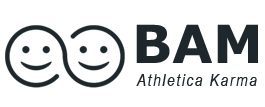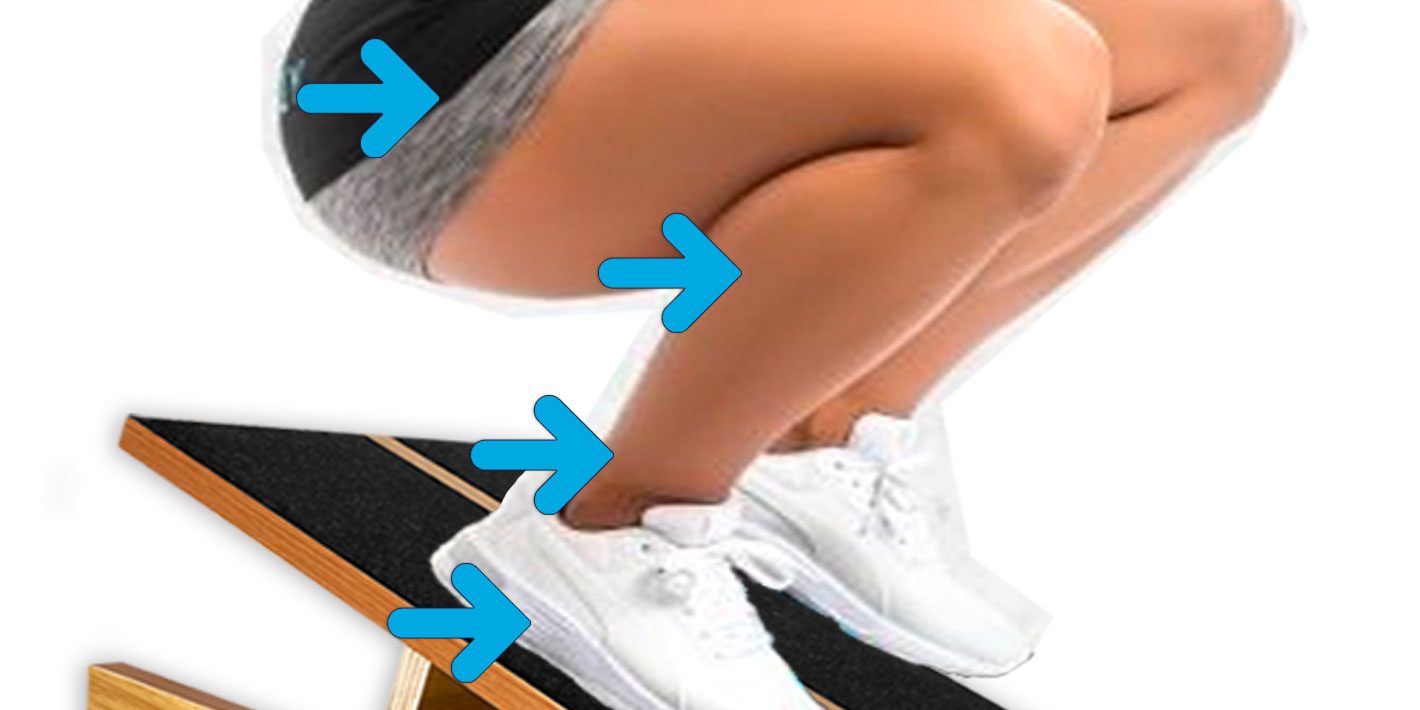Stretching the calves effectively is crucial for maintaining leg health, enhancing athletic performance, and speeding up recovery from injuries.
Among the various tools available for calf stretching, the slant board, also known as an incline board, stands out as one of the most effective and versatile.
We’ll dive into why the slant board is a preferred tool among physical therapists and fitness enthusiasts, the types of injuries it helps rehabilitate, and how to use it correctly for both injury recovery and fitness.
Why Use a Slant Board for Calf Stretching?
The slant board is a simple yet powerful tool designed to help stretch the calf muscles, Achilles tendon, and the plantar fascia. It consists of a flat surface inclined at various angles, allowing users to control the intensity of the stretch. Here’s why it’s the best tool for stretching the calves:- Enhanced Stretching Efficiency: The incline allows for a deeper and more controlled stretch, targeting the muscles more effectively than flat surfaces.
- Multi-purpose and versatility: It can be adjusted to different angles to accommodate various flexibility levels and stretching needs.
- Portability and Convenience: Slant boards are lightweight and can be used anywhere, making them a convenient option for home workouts or clinical use.
Why Physical Therapists Use Slant Boards
Physical therapists often incorporate slant boards into their rehabilitation programs for several reasons:- Injury Recovery: The controlled stretching helps in the recovery of common injuries such as calf strains, Achilles tendinitis, and plantar fasciitis.
- Flexibility and Range of Motion: Regular use of a slant board can improve flexibility and increase the range of motion in the ankle and calf muscles, which is crucial for recovery and preventing future injuries.
- Safe and Gradual Progression: The adjustable angles allow for a safe and gradual increase in stretching intensity, which is vital for injured patients.
Common Injuries Treated with Slant Boards
Slant boards are particularly useful in the rehabilitation of the following injuries:- Calf Strains: Stretching on a slant board helps relieve tension and promote healing in strained calf muscles.
- Achilles Tendinitis: Gentle stretching can alleviate pain and inflammation in the Achilles tendon.
- Plantar Fasciitis: By stretching the calf muscles and Achilles tendon, a slant board can reduce the tension on the plantar fascia, easing pain and facilitating recovery.
Fitness Uses and Benefits of Slant Boards
Beyond injury recovery, slant boards are valuable tools in fitness routines. Here’s why fitness enthusiasts and athletes use them:- Improved Flexibility: Regular use enhances flexibility in the calves, ankles, and Achilles tendon, which is essential for overall leg health.
- Enhanced Performance: Increased flexibility and range of motion contribute to better performance in activities such as running, jumping, and other sports.
- Injury Prevention: By maintaining flexible and strong calf muscles, the risk of injuries such as strains and tendinitis is significantly reduced.
Step-by-Step Approach to Using a Slant Board
For Injury Recovery or Physical Rehabilitation:- Set the Angle or Incline: Start with a low angle, around 15-20 degrees, especially if you are new to using a slant board (incline board) or recovering from an injury.
- Positioning: Stand on the slant board with your feet shoulder-width apart. Ensure your heels are lower than your toes, creating a stretch in your calves.
- Hold the Stretch: Maintain the position for 20-30 seconds. You should feel a gentle stretch, not pain. Repeat 3-5 times.
- Progress Gradually: As your flexibility improves, gradually increase the angle of the slant board and the duration of the stretch.
- Warm-Up: Perform a light warm-up before stretching to prepare your muscles.
- Set the Angle or Incline: Start with an angle that provides a moderate stretch. More experienced users can start at higher angles.
- Positioning: Stand on the slant board with feet hip-width apart. Keep your legs straight but avoid locking your knees.
- Dynamic Stretching: Incorporate dynamic stretches such as gentle calf raises while on the slant board to engage the muscles actively.
- Cool Down: Use the incline board for static stretching post-workout to aid in muscle recovery and flexibility maintenance.







